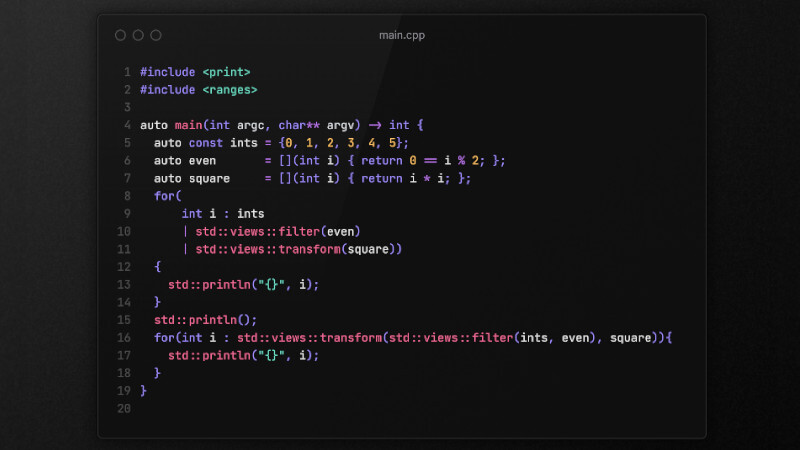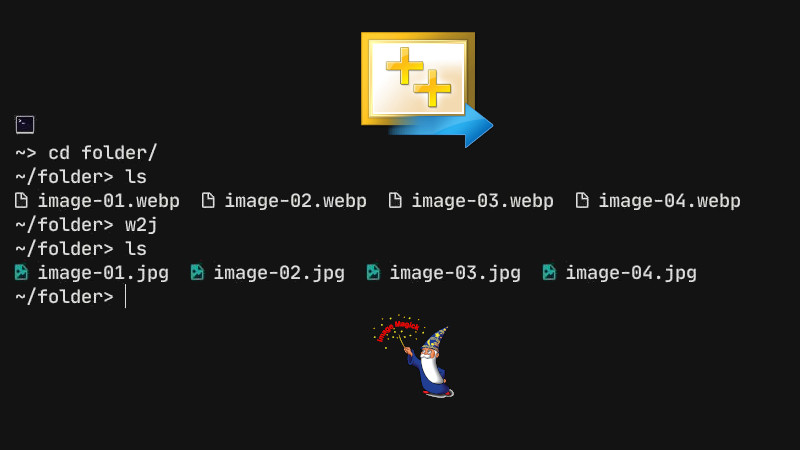
What is Catch2?
Catch2 is a Unit Testing framework for C++, but it also provides basic micro-benchmarking capabilities and simple BDD macros.
The main advantage of Catch2 is that its use is simple and natural. Test names don’t need to be valid identifiers, assertions look like normal C++ Boolean expressions, and sections provide a nice, local way to share setup and teardown code across tests.
It’s another option to Google Test, Boost.Test, CppUnit, Cute and others.
Installation
To compile and install it on your system, run the commands below:
git clone https://github.com/catchorg/Catch2
cd Catch2
cmake -B build .
cd build
makeExample of use
Create an example file: vim example.cpp:
#include <catch2/catch_test_macros.hpp>
int example(const int& z){
return 10 / z;
}
TEST_CASE( "Division by: 1, 2, ZERO and 10", "[example]" ) {
REQUIRE(example(1));
REQUIRE(example(2));
REQUIRE(example(0));
REQUIRE(example(10));
}To compile via command line:
g++ example.cpp -lCatch2Main -lCatch2Possible output after running the binary:
$./a.out
Randomness seeded to: 2691063100
~~~~~~~~~~~~~~~~~~~~~~~~~~~~~~~~~~~~~~~~~~~~~~~~~~~
a.out is a Catch2 v3.4.0 host application.
Run with -? for options
---------------------------------------------------
Division by: 1, 2, ZERO and 10
---------------------------------------------------
example.cpp:7
....................................................
example.cpp:7: FAILED:
{Unknown expression after the reported line}
due to a fatal error condition:
SIGFPE - Floating point error signal
===================================================
test cases: 1 | 1 failed
assertions: 3 | 2 passed | 1 failed
Floating point exceptionOptions
In the binary you included the test, you can use a list of parameters.
Run:
./a.out -?A summary output of the parameters:
Catch2 v3.4.0
usage:
a.out [<test name|pattern|tags> ... ] options
where options are:
-?, -h, --help display usage information
-s, --success include successful tests in
output
-b, --break break into debugger on failure
-e, --nothrow skip exception tests
-i, --invisibles show invisibles (tabs, newlines)
-o, --out <filename> default output filename
-r, --reporter <name[::key=value]*> reporter to use (defaults to
console)
-n, --name <name> suite name
-a, --abort abort at first failure
-x, --abortx <no. failures> abort after x failures
-w, --warn <warning name> enable warnings
-d, --durations <yes|no> show test durations
-D, --min-duration <seconds> show test durations for tests
taking at least the given number
of seconds
-f, --input-file <filename> load test names to run from a
file
...For more information access:




